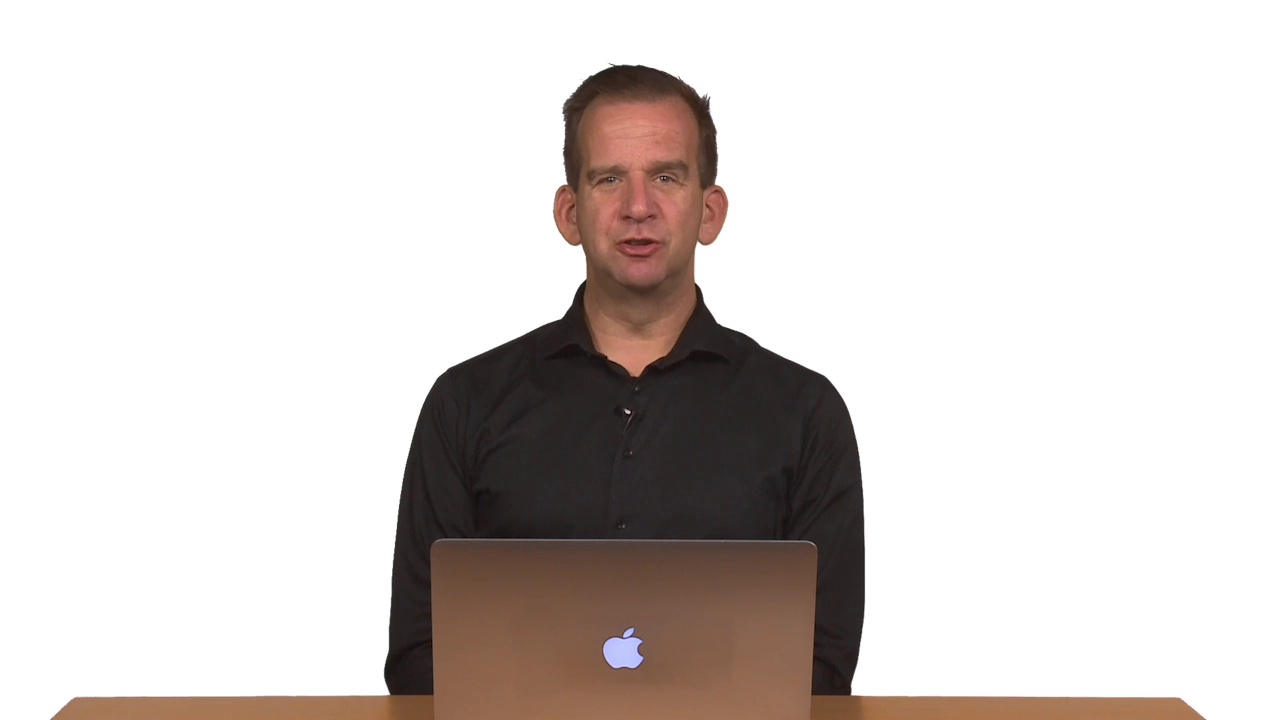001. Learning objectives
002. 8.1 Understanding NIC Naming
003. 8.2 Managing runtime network Configuration with the ip Command
004. 8.3 Storing Network Configuration Persistently
005. 8.4 Managing Persistent Network Configuration with nmcli
006. 8.5 Managing Persistent Network Configuration with nmtui
007. 8.6 Verifying Network Configuration Files
008. 8.7 Understanding Routing and DNS
009. 8.8 Configuring Routing and DNS
010. 8.9 Understanding Network Analysis Tools
011. 8.10 Using Network Analysis Tools
012. Lesson 8 Lab Configuring Network Settings
013. Lesson 8 Lab Solution
014. Summary

